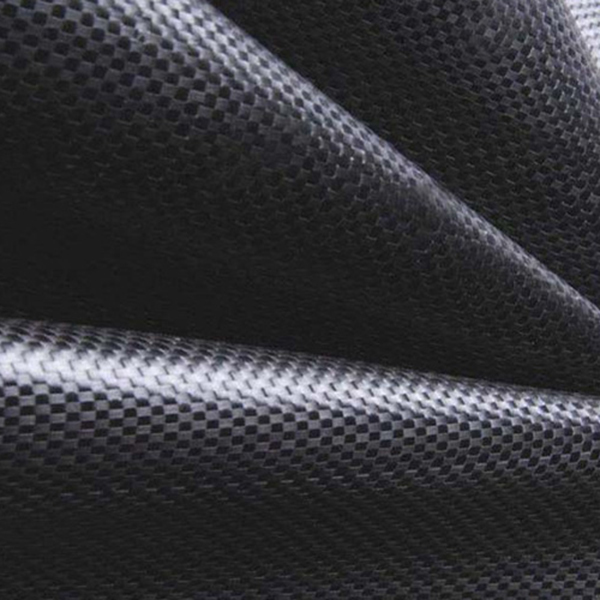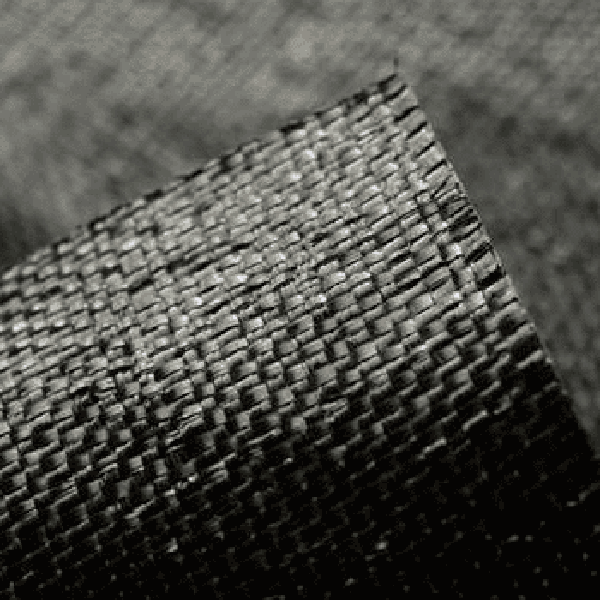Woven Geotextiles
Woven geotextiles are strong, durable fabrics used in soil stabilization, reinforcement, separation, and erosion control for various civil engineering and construction applications.

Woven Geotextiles are a type of geotextile fabric made by weaving fibers together, typically through a process called interlacing, to create a strong and durable material used in a wide range of civil engineering, environmental, and construction applications. Unlike nonwoven geotextiles, which are made by bonding fibers through mechanical, thermal, or chemical means, woven geotextiles are made by interweaving synthetic fibers such as polyester, polypropylene, or other materials.
Characteristics of Woven Geotextiles:
- Structure: Woven geotextiles are made by weaving long, continuous strands of synthetic fibers (such as polypropylene or polyester) in a pattern to create a fabric. These fibers can be woven either in a plain weave, twill weave, or other specific patterns, depending on the requirements.
- Strength and Durability: The weaving process produces a fabric that is strong, with high tensile strength and resistance to stretching. Woven geotextiles are often used in situations where high mechanical strength is needed, such as in reinforcement applications or for stabilizing soils.
- Permeability: Woven geotextiles generally have low permeability compared to nonwoven geotextiles. The water flow through woven fabrics can be less efficient because of the tightly woven structure, but it still allows for some drainage depending on the specific design and application.
- UV and Chemical Resistance: Most woven geotextiles are made from synthetic materials that are resistant to UV radiation, chemicals, and biological degradation, making them suitable for use in harsh outdoor environments.

